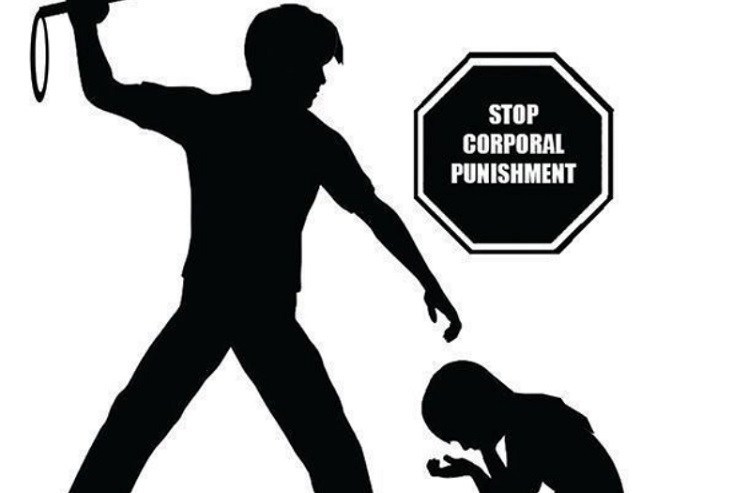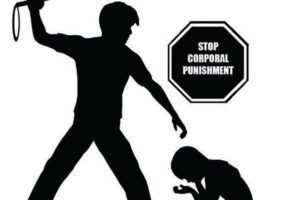
School Corporal Punishment Committee
| CORPORAL PUNISHMENT COMTT. | ||
| MEMBERS | ||
| 1 | MANISH KUMAR | TGT HINDI |
| 2 | ASHU SHARMA | TGT MUSIC |
| 3 | JYOTI TANEJA | JBT |
| 4 | PRIYANKA | JBT |
All forms of corporal punishment including sexual abuse are harmful to the child. Currently, there is no statutory definition of corporal punishment of children in Indian law. Definition of corporal punishment can at best only be indicative. In keeping with the provisions of the RTE Act, 2009, corporal punishment could be classified as physical punishment, mental harassment and discrimination.

Physical Punishment
Physical punishment is understood as any action that causes pain, hurt/injury and discomfort to a child, however light. Examples of physical punishment include but are not restricted to the following:
Causing physical harm to children by hitting, kicking, scratching, pinching, biting, pulling the hair, boxing ears, smacking, slapping, spanking or with any implement (cane, stick, shoe, chalk, dusters, belt, whip, giving electric shock etc.);
Making children assume an uncomfortable position (standing on bench, standing against the wall in a chair-like position, standing with schoolbag on head, holding ears through legs, kneeling etc.);
Forced ingestion of anything (for example: washing soap, mud, chalk, hot spices etc.);
Detention in the classroom, library, toilet or any closed space in the school.
Mental Harassment
Mental harassment is understood as any non-physical treatment that is detrimental to the academic and psychological well-being of a child. It includes but is not restricted to the following:
Sarcasm that hurts or lowers the child’s dignity;
Calling names and scolding using humiliating adjectives, intimidation;
Using derogatory remarks for the child, including pinning of slogans;
Ridiculing the child with regard to her background or status or parental occupation or caste;
Ridiculing the child with regard to her health status or that of the family – especially HIV/AIDS and tuberculosis;
Belittling a child in the classroom due to his/her inability to meet the teacher’s expectations of academic achievement;
Punishing or disciplining a child not recognising that most children who perform poorly in academics are actually children with special needs. Such children could have conditions like learning disability, attention deficit hyperactivity disorder, mild developmental delay etc.;
Using punitive measures to correct a child and even labelling him/her as difficult; such as a child with attention deficit hyperactivity disorder who may not only fare poorly in academics, but also pose a problem in management of classroom behaviours;
‘Shaming’ the child to motivate the child to improve his performance;
Ridiculing a child with developmental problems such as learning difficulty or a speech disorder, such as, stammering or speech articulation disorder.